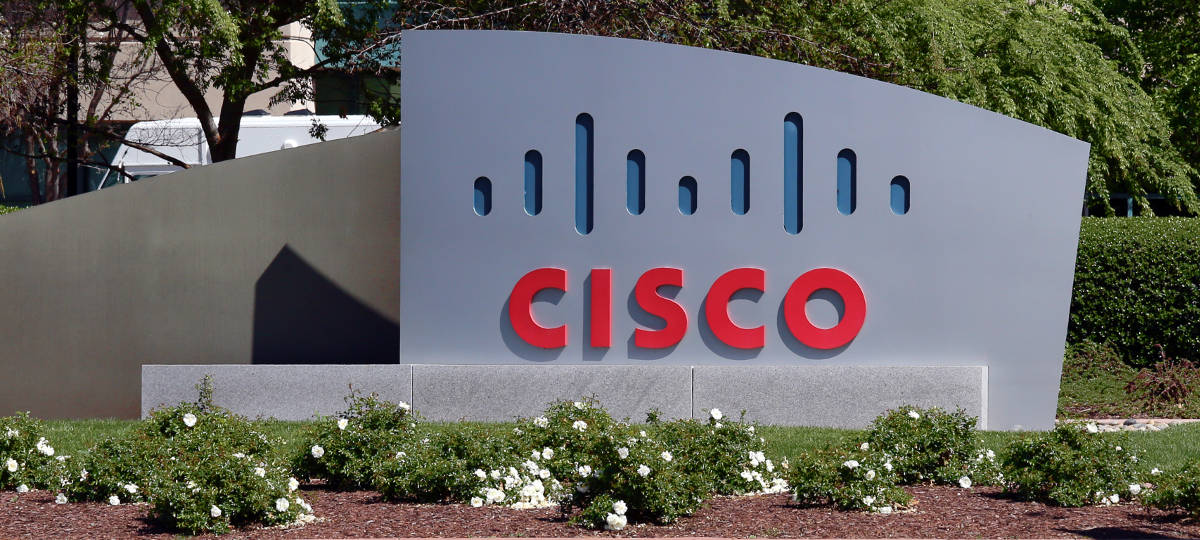Service providers and enterprise customers alike are demanding cloud-hosted services, explained John Fruehe, Senior Analyst at Moor Insights and Strategy — and that means products based on open standards. The challenge, however, is that many of those standards are still emerging, and the process for creating and approving standards has been found wanting – often too slow to evolve, thereby holding back offerings or forcing vendors to go the proprietary route, even when they don’t want to.
Why have open standards become so important today? It’s more than the cloud, or any one trend, said Jeff Baher, Senior Director, Product and Technical Marketing at Dell EMC. “Companies need to move faster, so everybody is looking for that magic word ‘agility.’ In order to move fast and be agile, you must be able to create and innovate. The only way you can create and innovate is if you have standards that you can work on. There is no need to go out and reinvent the wheel – and no time or budget for it either. Everybody wants to leverage what’s already out there.”
“We’re in a really interesting period of networking now, focused on disaggregation, observed Nicholas “Neela” Jacques, Executive Director of the OpenDaylight Project. “We are disaggregating the basic elements of networking, hardware and software. Our industry is based largely on standards and when you’re talking about a network or you’re fundamentally connecting different components together, you need standards in order for that connection to happen. So standards have been central to how any network of any size has been built out.”
Building Better Products Faster, with Open Source
While standards have always been necessary, Jacques continued, there are a lot of changes in how the entire industry views the standards process. “We see a significant shift in the way in which customers acquire networks and the fundamental components, the hardware and the software, of those networks. We are now disaggregating those hardware and software elements. Part of what we’re seeing is an adherence to the standards, certainly the standards that make up the hardware. But we’re also seeing a significant effort on Open Source and a different relationship to the software and the hardware components that make up the network.”
Jacques continued, “Some of the standards that we’ve all come to know and love, like Ethernet for example, will be a significant part of the environment moving forward, but increasingly also other technologies around controller capabilities. For instance, some of our efforts with OpenDaylight and Open Source will become future standards — and will be critical when we look at Software Defined Networking.”
SDN, or Software Defined Networking, is a family of standards relating to the physical separation of a network’s control plane from the forwarding plane. By separating the planes into different devices and implementing functionality through virtualization and standards-based protocols, networks can become less expensive to operate, easier to manage from a central location, and able to become directly programmable via the software running on the network devices themselves through NFV, or Network Functions Virtualization.
One of the major Open Source projects powering SDN is OpenDaylight, which is an SDN controller supported by a wide variety of companies and community organizations, including 27 user groups and 600+ developers. The OpenDaylight Project is hosted by the Linux Foundation.
Mike Capuano, Vice President Corporate Marketing at Infinera, added that a huge benefit for industry players is the ability to partner with the Open Source community to build better products, and bring them to market faster. “One of Infinera’s products which was recently introduced – the Xceed SDN controller — is based on OpenDaylight. We leverage the work that’s already happening in OpenDaylight and through that we can work and continue to develop even further. So yeah, it’s got to do with leveraging the entire community and also through that we can achieve interoperability.”
Successful Standards – And Those That Don’t Make the Cut
Not all industry initiatives, or even Open Source projects, become successful standards. Which initiatives work, and why do some fail? OpenDaylight’s Jacques said, “When you look for winners, it’s the standards that are really designed to embrace the community and embrace rapid innovation. It’s a balance between both standards and Open Source. Often the incubated technologies we rely on are Open Source. There is a lot of community involvement trying to figure out what ultimately will be the basis moving forward, it’s that basis which is the standard, and leads to success.”
Infinera’s Capuano explained that there are three ways of looking at open: Open Models, Open Interfaces and Open Source. There are successes in each of them: “We see within the Open Source that there is a tremendous momentum behind OpenDaylight. For the Open Interfaces, the industry is coalescing around Netconf as the interface of choice. For the Open Models, the winner is Yet Another Next Generation or YANG.”
Netconf, or Network Configuration Protocol, is a standard defined by the Internet Engineering Task Force (IETF) for installing, manipulating and deleting the configuration of network devices using open protocols and the Extensible Modeling Language (XML). YANG is a data- and state-modeling language for Netconf, also standardized by the IETF.
Those are the standards that will succeed but where will the industry see failures? According to Capuano, “Those efforts around models, interfaces and Open Source which do not keep up with innovation, which do not leverage the developments that are happening in this industry, will not find much application and use going forward.”
Dell’s Baher explained what will be two additional barriers to success: Revenue and inertia. “A lot of people have been designing [proprietary] network technologies their whole lives and don’t want to change. The revenue stream from a lot of vendors also drives them to want to protect their market share,” meaning there’s too much money being made today to take a risk of embracing open standards. “The disruption that’s coming from Open Networking, the disruption that’s coming from Open Source is really coming from a lot of the smaller companies as the larger ones are trying to battle against that to try and maintain the share that they’ve had.”
In the long term though, the world will belong to open standards and Open Source – because customers will demand it and, sooner or later, the vendors will see that collaboration, not closed thinking, will drive innovation and business success.
By NetEvents‘ staff
Watch the documentary
About NetEvents
Would you like to participate in the next edition of NetEvents?















